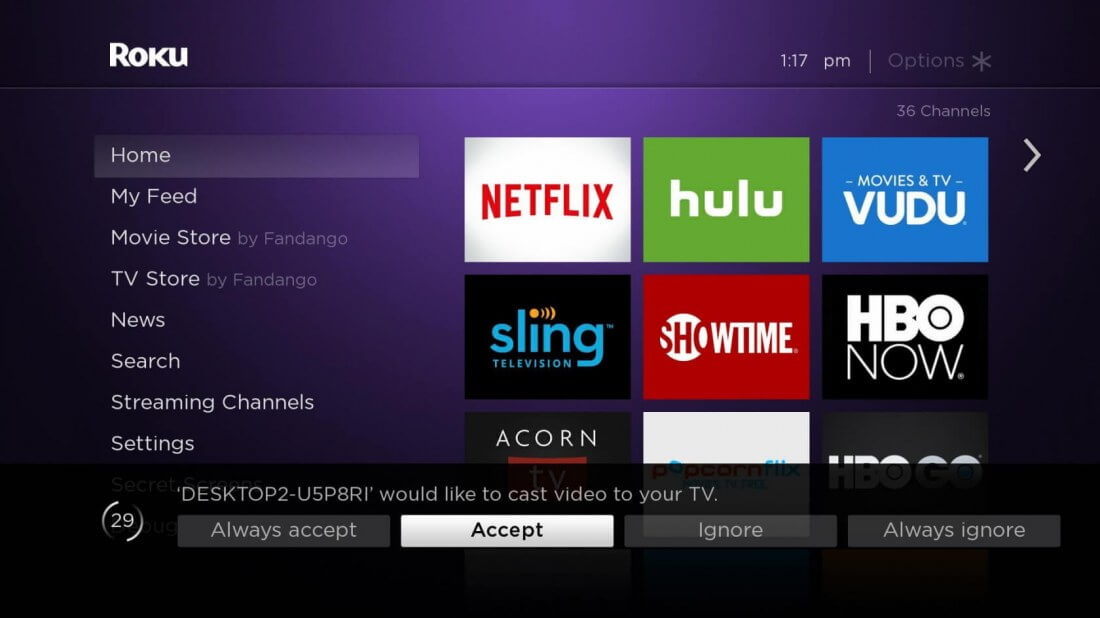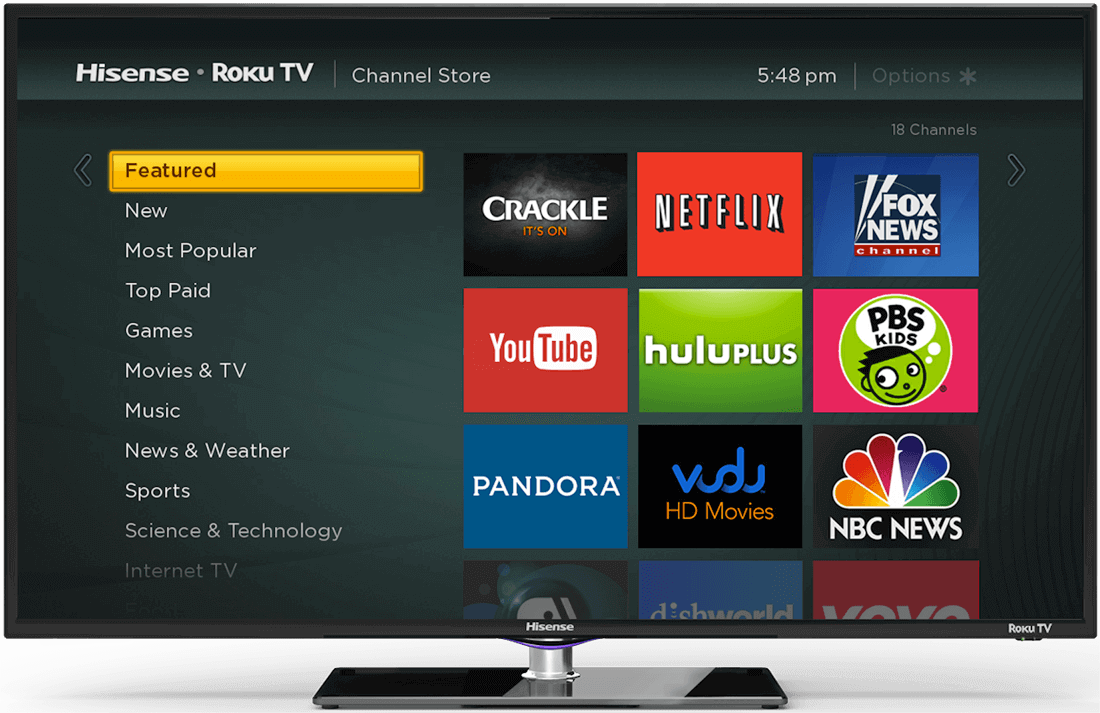If you're a Roku user, you've probably been pretty pleased with the amount of value you've gotten out of your device.
Sure, you have to pay for most of the subscription-based video streaming services Roku connects you with, but the cost of entry is remarkably low - most of the company's streaming sticks hover between a mere $40 and $70.
According to a recent report from The Verge, the reason for these relatively low upfront hardware costs lies in Roku's very business model. The company's CEO, Anthony Wood, says Roku doesn't earn a profit – at least not a significant one – through hardware sales.
"We don't really make money... we certainly don't make enough money to support our engineering organization and our operations and the cost of money to run the Roku service," Wood said in an interview on the Vergecast. "That's paid for by our ad and content business."

In other words, similar to platforms like YouTube, Roku uses their value proposition to get people hooked and then aims to monetize them via ads.
It's a clever strategy - unlike a traditional web or desktop-based content platform, users can't block ads on Roku devices. Not easily, anyway. As such, when given no other option, viewers could be more willing to sacrifice a small amount of their time or attention to access their favorite content.
Wood doesn't look at Roku's business model solely as a way to annoy its customers into providing value, though. "It's kind of an exchange," he said. "We help content distributors find customers, sign up customers, and promote their content, and we get paid for that."
Only time will tell how well Roku's business model will work in the long run, but for now, the company seems to be doing better than ever.
